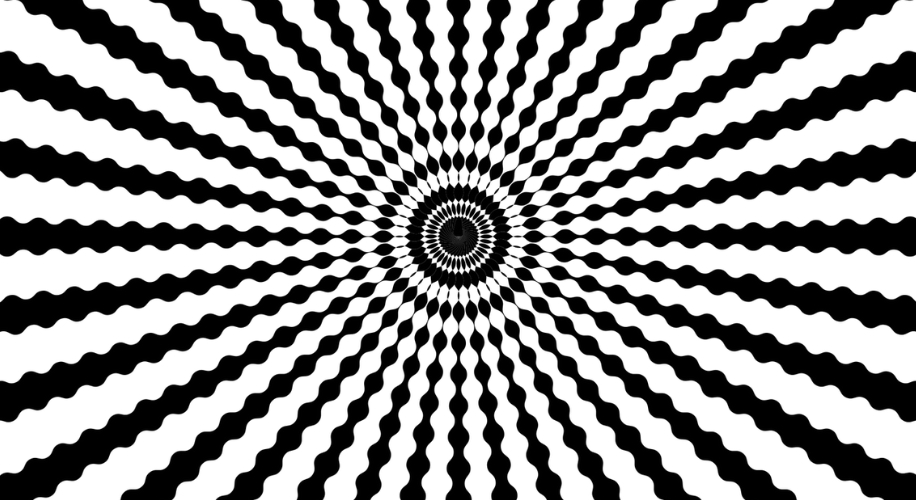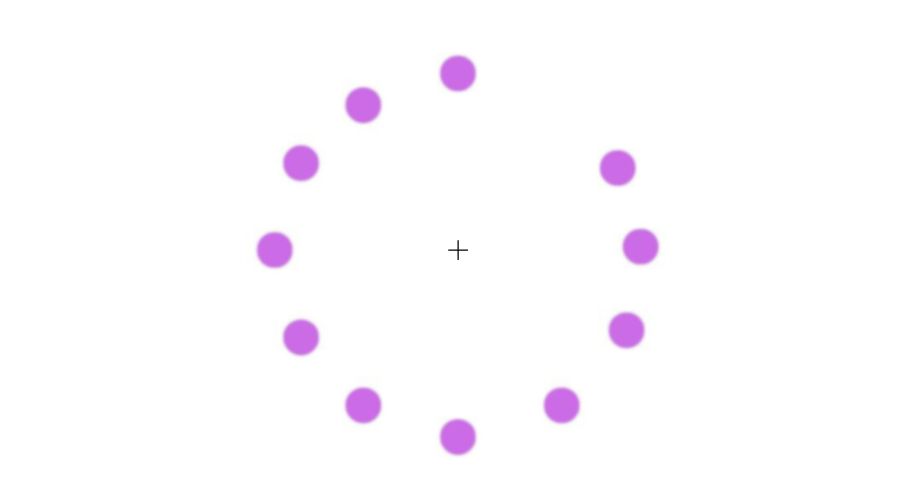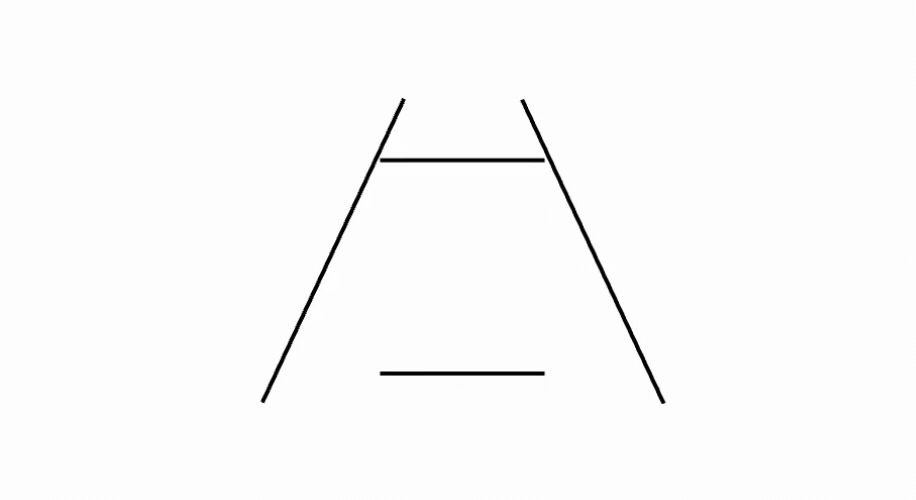Dive into the World of Optical Illusions
Optical illusions have long fascinated both scientists and laypeople alike. These visual phenomena challenge our perception, revealing the complexities of how our brains process visual information. Among the myriad of optical illusions, the Troxler Effect and the Ponzo Illusion stand out for their intriguing mechanisms and the ways they trick our brains. Let’s explore these captivating illusions and uncover the science behind them.

The Troxler Effect: Vanishing Objects
The Troxler Effect, named after Swiss physician Ignaz Paul Vital Troxler, is a phenomenon where objects in our peripheral vision fade away and disappear when we fixate our gaze on a central point for a prolonged period. This effect is a testament to the brain’s ability to filter out redundant or non-essential information to focus on what it deems most important.
How the Troxler Effect Works
When we stare at a single point, neurons in our visual system become less responsive to unchanging stimuli in the periphery. This neural adaptation leads to the fading of stationary objects from our awareness. For example, if you focus intently on the center of an image, you might notice that elements in your peripheral vision gradually fade away until they seemingly vanish.
Experiencing the Troxler Effect
To experience the Troxler Effect, try this simple exercise:

- Fixate on the small square in the center of the above image.
- Without moving your eyes, pay attention to the surrounding area.
- After a few moments, you may notice that parts of the background or surrounding patterns begin to blur or disappear entirely.
This fascinating illusion underscores the brain’s tendency to prioritize new and changing information, allowing static details to fade from conscious perception. This is why it’s crucial to blink regularly during visual field tests to maintain accurate and reliable results.
The Ponzo Illusion: Size Perception Distorted
The Ponzo Illusion, introduced by Italian psychologist Mario Ponzo in 1913, illustrates how our brain’s interpretation of size is influenced by background context. This illusion demonstrates that the human mind relies heavily on depth cues to gauge the size and distance of objects.
Understanding the Ponzo Illusion
The Ponzo Illusion typically involves two horizontal lines of equal length placed between converging lines, such as railway tracks or the sides of a road. Although the horizontal lines are the same length, the line closer to the converging point appears longer.
Why the Ponzo Illusion Occurs
Our brains interpret the converging lines as parallel lines receding into the distance, similar to railroad tracks. This perspective trickery makes the top horizontal line seem farther away, and thus, our brain perceives it as longer to account for the depth information. This is a clear example of how our brain uses contextual information to interpret visual stimuli, often leading to perceptual distortions.
Experiencing the Ponzo Illusion
- Look at the above image and observe how the horizontal line near the converging point appears longer than the one at the wider end.
This illusion highlights the brain’s reliance on contextual cues to make sense of the world, often leading to fascinating perceptual errors.
The Fascination with Optical Illusions
Optical illusions like the Troxler Effect and the Ponzo Illusion captivate us because they reveal the intricacies of visual perception. They remind us that what we see is not always an accurate representation of reality but rather a complex construction by our brains. At Zenni, we are passionate about all aspects of vision, including the fascinating quirks of human perception. Understanding these illusions not only enhances our appreciation for the brain’s capabilities but also underscores the importance of taking care of our eyes and vision.





 Canada
Canada